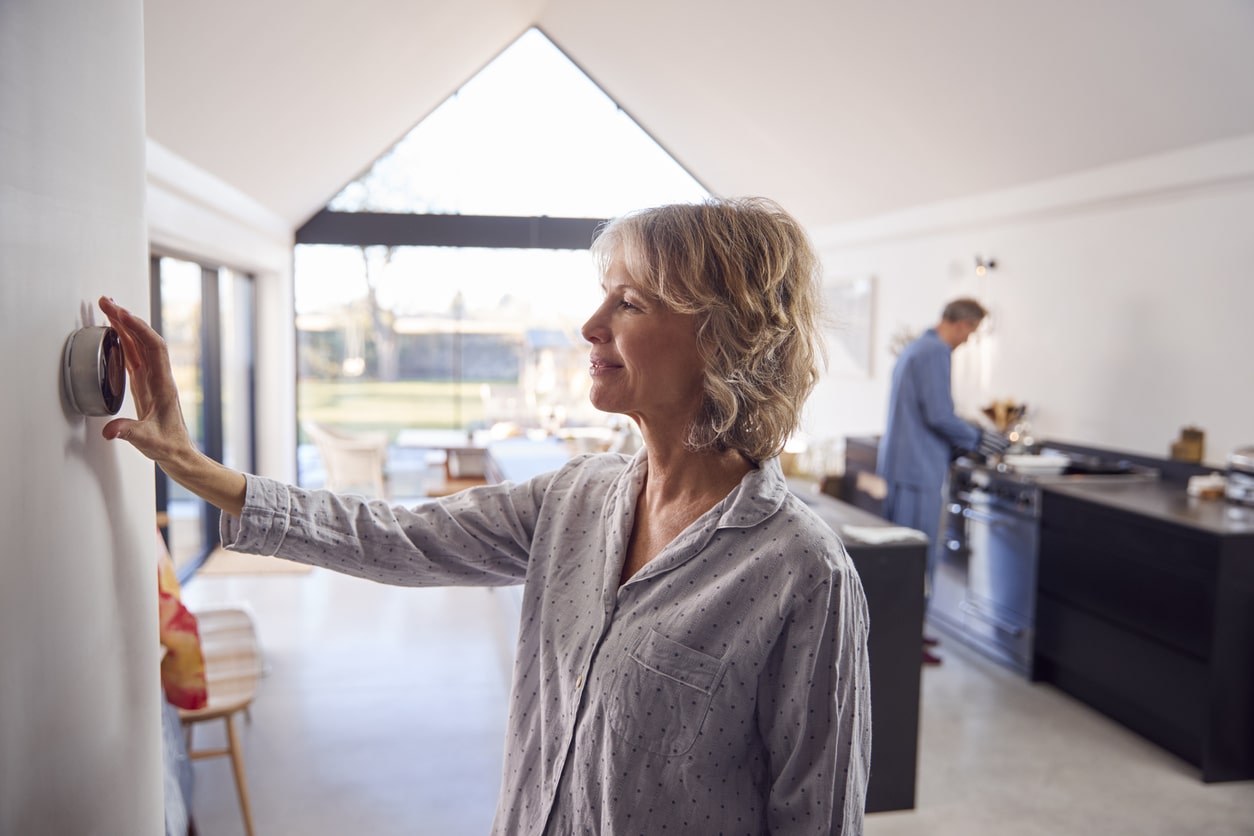
If your home thermostat readings aren’t accurate, your HVAC system won’t be delivering the optimum comfort you expect from a particular temperature setting. It may be costing you more too. Thermostats continually sense and display a temperature reading at a specific location inside the house. Most homeowners take it for granted that these thermostat readings are accurate.
However, a number of factors can skew thermostat readings. This, in turn, can prompt recurrent temperature adjustments that are not beneficial to indoor comfort control nor to the control of heating and cooling costs. Here are some principles that support optimum thermostat accuracy:
- A thermostat should not be exposed to gusts of air entering the house through exterior doors or windows. It should also be situated out of direct sunlight and away from HVAC supply vents.
- Exterior walls are often hotter or cooler than interior walls due to the influence of outdoor temperatures. For a more uniform temperature reading, a thermostat should be mounted on interior walls.
- Because upstairs rooms are always warmer than the rest of the home, a thermostat should be placed in a central location downstairs for exposure to temperatures that are most representative of the whole house.
- Hallways are a familiar location for thermostats. The fact is, however, that they aren’t the best location. A narrow hallway gets little air circulation, and temperatures in halls seldom reflect the rest of the house. Moreover, most people don’t spend much time lingering in a hallway versus other parts of the home.
When Calibration Is Required
If the location of the thermostat is right but the thermostat setting and the actual indoor temperature never seem to agree, the thermostat may require calibration. This is not a DIY job and should be performed by a qualified HVAC technician only. Most HVAC technicians will verify thermostat calibration as part of a precision maintenance tune up. Many digital thermostats today are capable of maintaining temperature accuracy within one degree of the setting if calibrated correctly.
For more information about issues affecting the accuracy of thermostat readings in your home, talk to the HVAC professionals at Jackson & Sons.